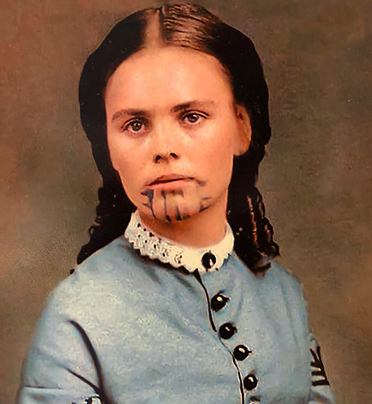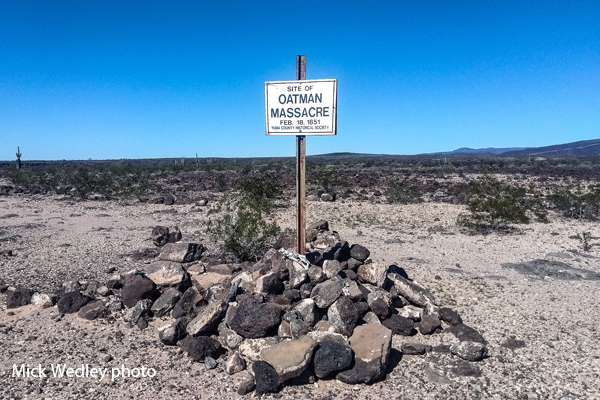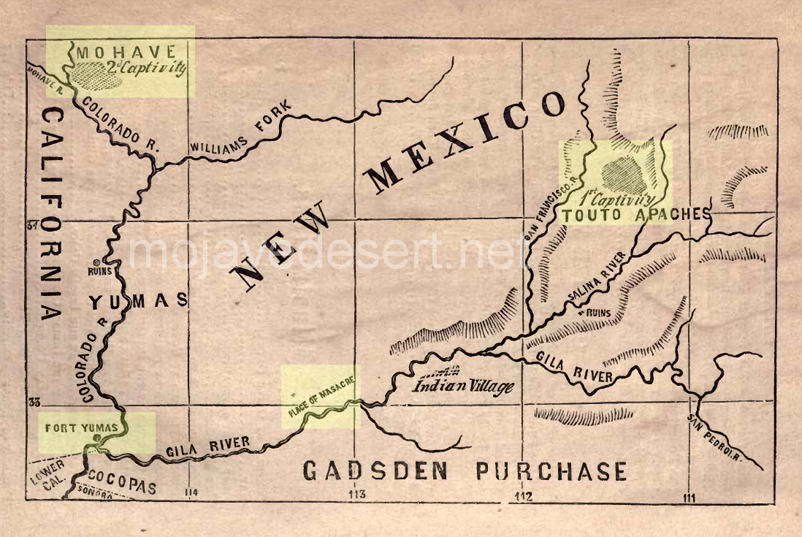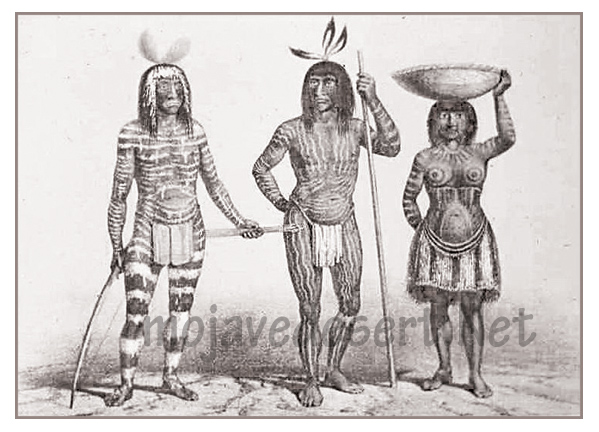A Harrowing Tale of Survival and Resilience
Introduction

The story of Olive Oatman, a young girl who endured unimaginable hardships during her captivity among Native American tribes in the mid-19th century, has become an emblem of resilience and survival. This blog post delves into the gripping account of Olive Oatman’s captivity, shedding light on the challenges she faced and the strength she exhibited throughout her ordeal.
The Oatman Family’s Journey

In 1850, the Oatman family embarked on a treacherous journey from Illinois to California, seeking a better life in the West. Unfortunately, their dreams were shattered when they encountered a Native American tribe, the Yavapai, along the Gila River in present-day Arizona. The tribe, driven by desperation and a history of violence against settlers, attacked the Oatman family. All but Olive and Mary Ann were brutally killed. Brother Lorenzo also survived but was left for dead listening to his mothers cries as she held her infant in the rocks where they were thrown.

Captivity Among the Yavapai

The Yavapai tribe took Olive, and her younger sister, Mary Ann, captive, subjecting them to constant fear and uncertainty. A year after their capture, they were traded to the Mohave tribe.
Life Among the Mohave

Under the care of the Mohave tribe, Olive and Mary Ann were gradually integrated into their new community. The Mohave people treated them with relative kindness, adopting them as members of their tribe and providing them with food and shelter. Olive even received facial tattoos, which were traditional among the Mohave, symbolizing her assimilation into their culture.
Rescue and Reintegration

After five years of captivity, Olive’s story took a dramatic turn when her younger sister, Mary Ann, tragically passed away due to starvation. Determined to return to her white heritage, Olive caught the attention of American authorities, urged by Lorenzo, and eventually negotiated her release. Upon her return to white society, Olive faced challenges in readjusting to her former life. Her facial tattoos, a constant reminder of her captivity, presented a unique hurdle in her reintegration.
Legacy and Impact
The story of Olive Oatman’s captivity quickly captivated the public’s imagination, symbolizing resilience and endurance in the face of adversity. Her tale was widely publicized, and she became somewhat of a celebrity during her lifetime. Olive’s memoir, “Captivity of the Oatman Girls,” published in 1857, further immortalized her experiences and shed light on the often misunderstood dynamics between Native American tribes and settlers during that era.
Conclusion
The captivity of Olive Oatman stands as a testament to the indomitable spirit of human will. Her story serves as a reminder of the strength and resilience of the human spirit in the face of unimaginable hardship. Olive Oatman’s legacy endures, inspiring generations to overcome adversity and find courage even in the darkest of times.
(c)Walter Feller